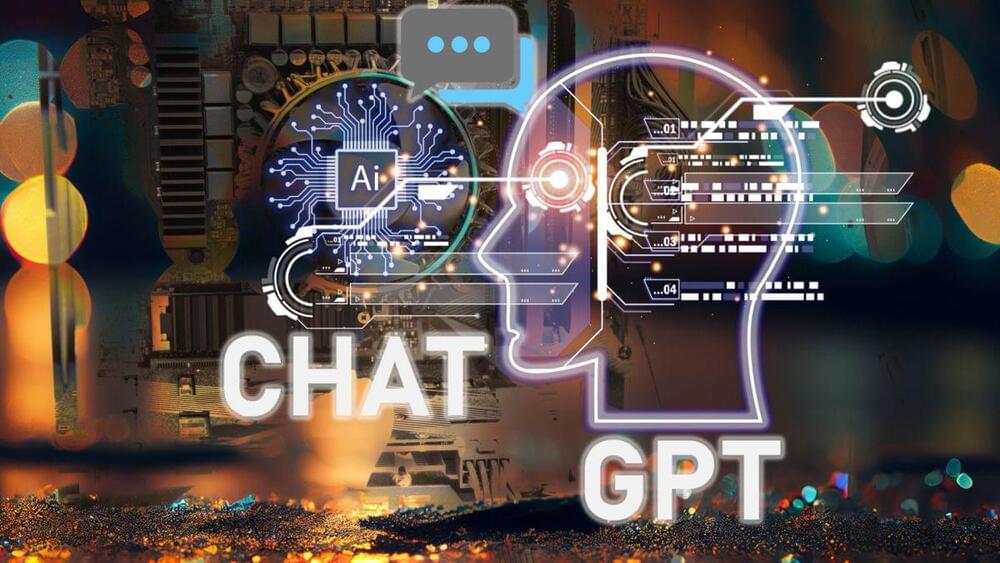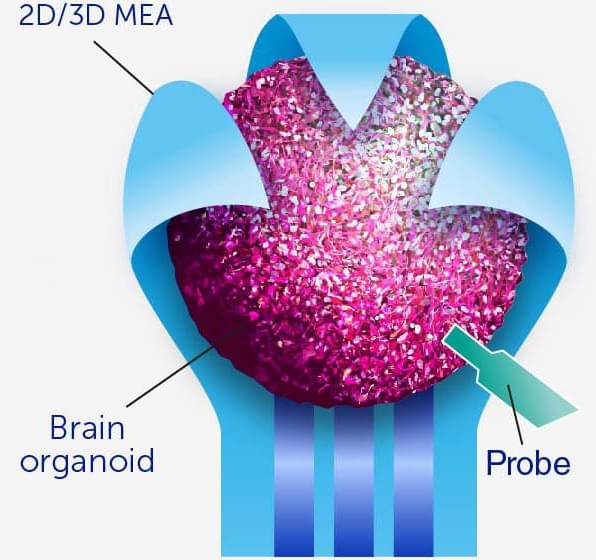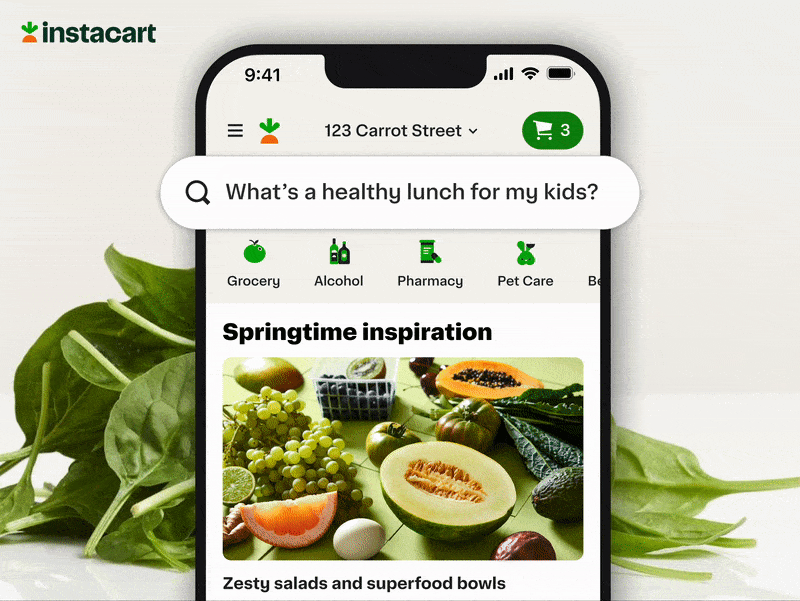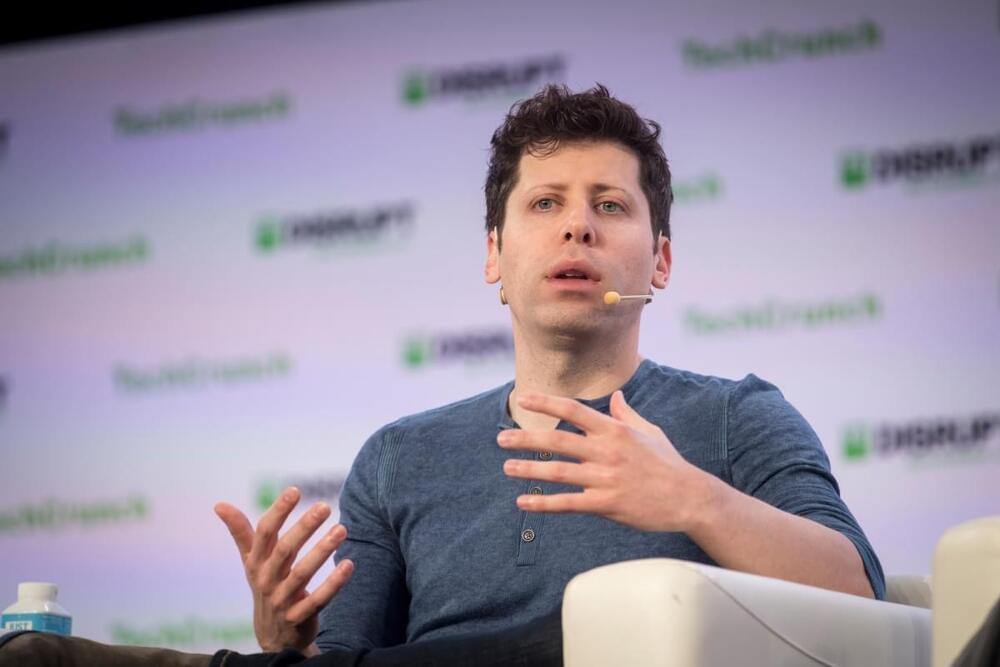Well, I guess he just wants to be prepared in case there’s an AI revolt. 😁
Sam Altman is the CEO of ChatGPT maker OpenAI, the buzzy AI firm he cofounded with Elon Musk. He’s also Silicon Valley royalty, and a prepper.


This is a recording of the SingularityNET Ecosystem leaders meeting, which was recorded on Monday, October 31st, 2022, including updates on projects progress, exciting news, and discussions around key initiatives.
SingularityNET is a decentralized marketplace for artificial intelligence. We aim to create the world’s global brain with a full-stack AI solution powered by a decentralized protocol.
We gathered the leading minds in machine learning and blockchain to democratize access to AI technology. Now anyone can take advantage of a global network of AI algorithms, services, and agents.
Website: https://singularitynet.io.
Discord: https://discord.gg/snet.
Forum: https://community.singularitynet.io.
Telegram: https://t.me/singularitynet.
Twitter: https://twitter.com/singularity_net.
Facebook: https://facebook.com/singularitynet.io.
Instagram: https://instagram.com/singularitynet.io.
Github: https://github.com/singnet.
Linkedin: https://www.linkedin.com/company/singularitynet
If it’s true that robots are taking our jobs, they should also be able to take out the trash and clean the bathroom for us.

This sounds a lot like cryptomining but it also doesn’t. Cryptomining has nothing to do with machine learning algorithms and, unlike machine learning, cryptomining’s only value is producing a highly speculative digital commodity called a token that some people think is worth something and so are willing to spend real money on it.
This gave rise to a cryptobubble that drove a shortage of GPUs over the past two years when cryptominers bought up all the Nvidia Ampere graphics cards from 2020 through 2022, leaving gamers out in the cold. That bubble has now popped, and GPU stock has now stabilized.
But with the rise of ChatGPT, are we about to see a repeat of the past two years? It’s unlikely, but it’s also not out of the question either.

Everyone is now scrambling to integrate AI with as many facets of human life as possible. Neural nets and machine learning can offer greatly improved processing speeds, yet these aspects still rely on digital pathways that may never fully mimic the biological structure of the human brain. The next step in AI improvement would be to combine the best of both the digital world and the biological world. Some scientists are already experimenting with this possibility, as a new article published in the academic journal Frontiers of Science is deep diving into the realm of biocomputers and organoid intelligence (OI).
All AI applications today rely on computing power provided by powerful CPUs or GPUs. OI, on the other hand, is seeking to bring “unprecedented advances in computing speed, processing power, data efficiency and storage capabilities” by harnessing the complexity of lab-grown cell-cultures repurposed from adult skin cells that consist of 3D clusters of neurons and other brain cells.
Tesla seems to be catching up to Boston Dynamics.
At Tesla Investor Day 2023, Tesla CEO Elon Musk demos the Optimus Robot walking for the first time.
Never miss a deal again! See CNET’s browser extension 👉 https://bit.ly/39Ub3bv.

To coincide with the rollout of the ChatGPT API, OpenAI today launched the Whisper API, a hosted version of the open source Whisper speech-to-text model that the company released in September.
Priced at $0.006 per minute, Whisper is an automatic speech recognition system that OpenAI claims enables “robust” transcription in multiple languages as well as translation from those languages into English. It takes files in a variety of formats, including M4A, MP3, MP4, MPEG, MPGA, WAV and WEBM.
Countless organizations have developed highly capable speech recognition systems, which sit at the core of software and services from tech giants like Google, Amazon and Meta. But what makes Whisper different is that it was trained on 680,000 hours of multilingual and “multitask” data collected from the web, according to OpenAI president and chairman Greg Brockman, which lead to improved recognition of unique accents, background noise and technical jargon.

To call ChatGPT, the free text-generating AI developed by San Francisco-based startup OpenAI, a hit is a massive understatement.
As of December, ChatGPT had an estimated more than 100 million monthly active users. It’s attracted major media attention and spawned countless memes on social media. It’s been used to write hundreds of e-books in Amazon’s Kindle store. And it’s credited with co-authoring at least one scientific paper.
But OpenAI, being a business — albeit a capped-profit one — had to monetize ChatGPT somehow, lest investors get antsy. It took a step toward this with the launch of a premium service, ChatGPT Plus, in February. And it made a bigger move today, introducing an API that’ll allow any business to build ChatGPT tech into their apps, websites, products and services.

As the ChatGPT and Whisper APIs launch this morning, OpenAI is changing the terms of its API developer policy, aiming to address developer — and user — criticism.
Starting today, OpenAI says that it won’t use any data submitted through its API for “service improvements,” including AI model training, unless a customer or organization opts in. In addition, the company is implementing a 30-day data retention policy for API users with options for stricter retention “depending on user needs,” and simplifying its terms and data ownership to make it clear that users own the input and output of the models.
Greg Brockman, the president and chairman of OpenAI, asserts that some of these changes aren’t changes necessarily — it’s always been the case that OpenAI API users own input and output data, whether text, images or otherwise. But the emerging legal challenges around generative AI and customer feedback prompted a rewriting of the terms of service, he says.